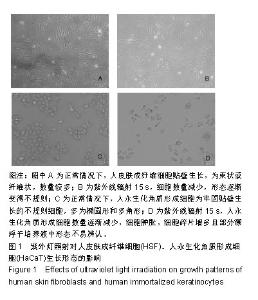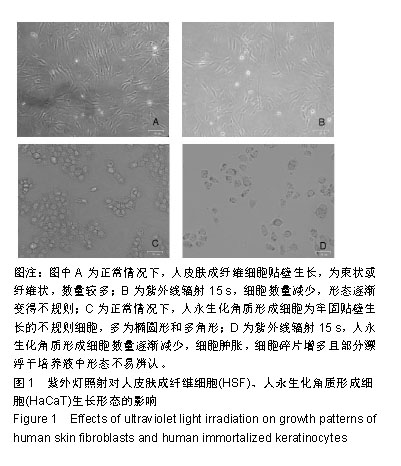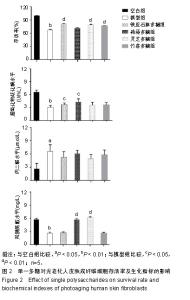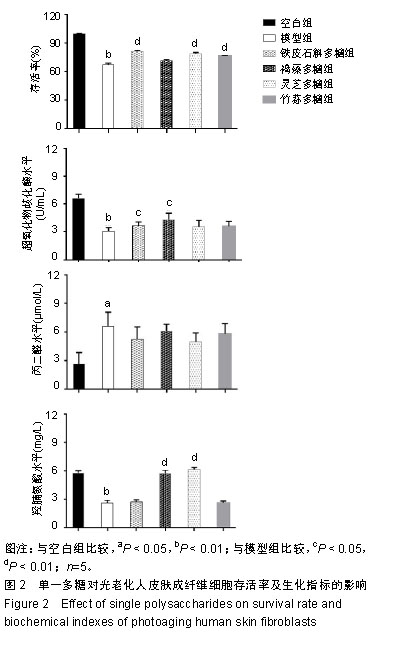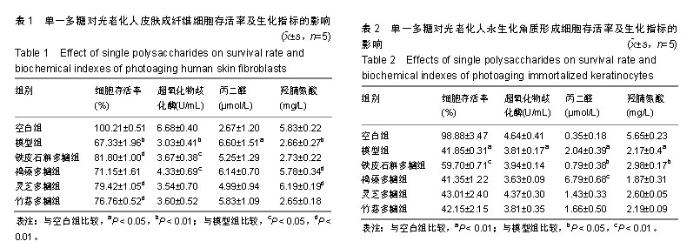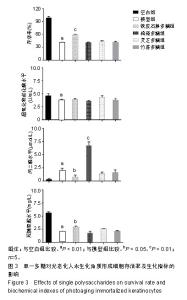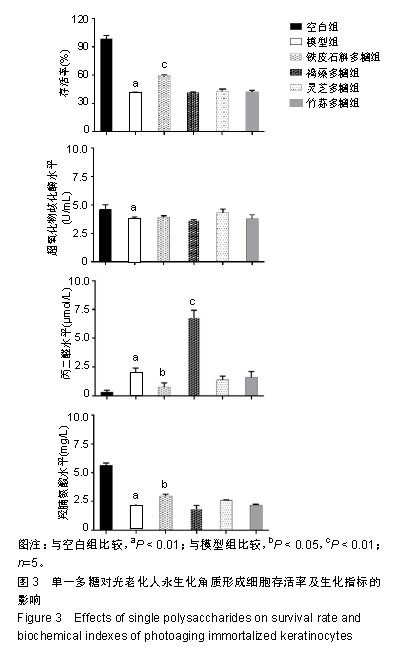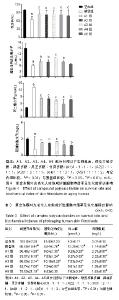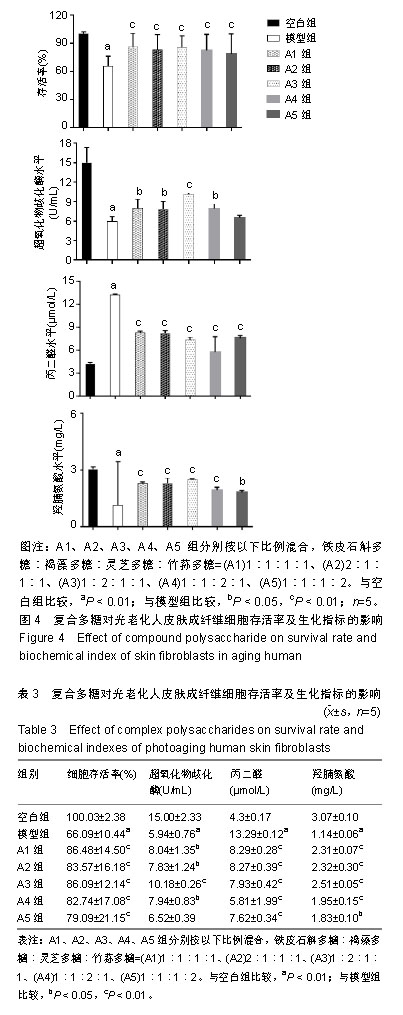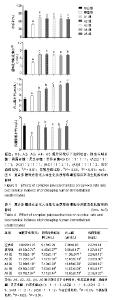| [1]刘少英,孟祥璟,张祥奎,等.皮肤光老化机制及抗光老化药物[J].生理科学进展,2018,49(4):265-269.[2]李建民,杨柳,王业秋,等.黄芩素对HaCaT细胞光老化模型ERK信号通路的影响[J].中草药,2017,48(20):4289-4295.[3]张青松,鞠梅,陈崑,等.培养的人皮肤成纤维细胞光老化模型中自噬水平的研究[J].中华皮肤科杂志,2010,43(8):572-574.[4]王申,周炳荣,刘娟,等.中波紫外线诱导的提前衰老成纤维细胞培养液对正常人真皮成纤维细胞的氧化损害[J].中国中西医结合皮肤性病学杂志, 2014,13(5):279-282.[5]Kumar P, Nagarajan A, Uchil PD. Analysis of Cell Viability by the MTT Assay. Cold Spring Harb Protoc. 2018;2018(6):pdb.prot095505.[6]D'Alessandro S, Corbett Y, Parapini S, et al. Malaria pigment accelerates MTT - formazan exocytosis in human endothelial cells. Parasitology. 2019;146(3):399-406.[7]王方,王灿.白芷醇提物延缓皮肤衰老与抗氧化作用的相关性研究[J].中国药房,2012,23(7):599-602.[8]任建琳,王健,胡晔,等.柴胡皂苷d对免疫性肝纤维化大鼠TGF-β1、HYP、SOD、MDA的影响[J].现代预防医学, 2012,39(12):3044-3047.[9]廖勇梅,熊霞.黄芪注射液对治疗小鼠皮肤衰老的有效性观察[J].中国医科大学学报,2015,44(8):721-724.[10]万秋英,宋丽君.五鹤续断总皂苷抗皮肤衰老的作用及其机制[J].中国应用生理学杂志,2015,31(2):166-169.[11]吴敬,王英丽,宝冠媛,等.海红果多糖水提醇沉工艺及其抑菌活性研究[J].食品与发酵工业,2014,40(9):193-197.[12]张颖,潘俊羽. 枇杷叶多糖水提醇沉法的提取条件优化[J].贵州农业科学, 2014,42(6):161-163.[13]夏伯候,刘菊妍,李春,等.夏枯草水提液及水提醇沉上清液降血压药效评价[J].中国实验方剂学杂志,2014,20(2):113-116.[14]Zhang X, Liu C, Nepal S, et al. A hybrid approach for scalable sub-tree anonymization over big data using MapReduce on cloud. Journal of Computer and System Sciences.2014;80(5):1008-1020.[15]吴斯敏,杨慧龄.紫外线引起皮肤光老化机制及防治的研究进展[J].医学综述,2018,24(2):341-346.[16]张全斌,于鹏展,周革非,等.海带褐藻多糖硫酸酯的抗氧化活性研究[J].中草药,2003,34(9):824-826.[17]周颖,周培根,刘文杰,等.海洋中抗氧化活性物质的研究进展[J].南方水产科学,2004,1(8):2-4.[18]吴泽,魏琦峰,邱庆庆,等.褐藻多糖的分离提取及生理活性研究进展[J].生物技术进展,2015,5(3):201-206.[19]李霞,刘玉凤,李艳伟,等.褐藻多糖生物活性的研究进展[J].中国海洋药物, 2015,34(2):86-90.[20]Hikino H, Ishiyama M, Suzuki Y, et al. Mechanisms of hypoglycemic activity of ganoderan B: a glycan of Ganoderma lucidum fruit bodies. Planta Med. 1989;55(5):423-428.[21]Zhong WD, He HC, Ou RB, et al. Protective effect of ganoderan on renal damage in rats with chronic glomerulonephritis. Clin Invest Med. 2008;31(4):E212-217.[22]Yuan J, Zhang L, Zhao ZP. Analysis on the Stability of Dendrobium Polysaccharides in Simulated Beverages[J]. Agricultural Biotechnology. 2015;4(4):70-71.[23]陈立弟.铁皮石斛多糖的提取、抗氧化活性及其多糖/介孔二氧化硅纳米粒的制备研究[D].深圳:深圳大学,2017.[24]徐耀.红托竹荪不同部位多糖提取及体外抗氧化活性研究[J].食品工业科技,2012,33(24):350-352.[25]王蓓蓓,段玉峰,邵红军,等.红托竹荪多糖抗氧化活性的研究[J].天然产物研究与开发,2012,24(8):1122-1125. |
